Discover the Cultural Richness and Heritage of Almora
Almora, situated in the Kumaon region of Uttarakhand, India, is a hidden gem renowned as the “Cultural Capital.” This enchanting hill town is nestled amidst the majestic Himalayas, offering breathtaking views and a serene ambiance that captivates visitors. Almora is steeped in history, culture, and traditions that have been preserved for centuries. From its ancient temples to its vibrant festivals, Almora presents a tapestry of art, architecture, and folklore that continues to enthrall both locals and tourists. Let us embark on a journey to explore the cultural richness and heritage of Almora.
Almora – The Cultural Capital
Almora, known as the “Cultural Capital,” is a place where history, art, and traditions seamlessly blend with natural beauty. It is a destination that offers an immersive cultural experience to its visitors. With its picturesque landscapes, ancient temples, colorful festivals, and vibrant arts and crafts, Almora truly stands out as a cultural haven in the lap of the Himalayas.
The town of Almora is perched on a ridge at an elevation of 1,646 meters, providing panoramic views of the snow-capped peaks of Nanda Devi, Trishul, and Panchchuli. This serene setting adds an ethereal charm to the cultural heritage that thrives in Almora.
The History of Almora: A Glimpse into the Past
Almora has a rich historical background dating back to the Chand dynasty, which ruled the region in the 16th century. The town was established in 1568 by King Kalyan Chand and served as the capital of the Chand dynasty until the rule of King Gyan Chand. The dynasty left a significant mark on Almora’s cultural and architectural heritage, shaping it into the vibrant town it is today.
The British also had a profound influence on Almora’s history. The town became the seat of the Kumaon Regiment of the British Indian Army and played a crucial role during the colonial era. The British impact can still be witnessed in the colonial-era buildings and institutions that dot the town.
Almora’s Architectural Marvels: Temples and Monuments
Almora boasts a remarkable collection of temples and monuments that showcase exquisite architectural styles and intricate craftsmanship. The temples of Jageshwar, Kasar Devi, Chitai Golu Devta, and Nanda Devi are among the most revered and ancient religious sites in the region.
The Jageshwar Temple complex, located amidst dense Deodar forests, is a cluster of over 100 stone temples dedicated to Lord Shiva. These temples date back to the 9th to 13th centuries and exhibit intricate carvings that are a testament to the architectural brilliance of that era.
The Kasar Devi Temple, situated on a hilltop, offers a panoramic view of the surrounding Himalayan peaks. This temple has attracted spiritual seekers and artists from around the world, including renowned personalities like Swami Vivekananda and musician Bob Dylan.
Festivals of Almora: Celebrating Tradition and Spirituality
Almora is known for its vibrant festivals, which celebrate the region’s traditions, spirituality, and cultural heritage. The Nanda Devi and Shivaratri festivals are two of the most significant events in Almora.
The Nanda Devi festival is dedicated to the goddess Nanda Devi, the patron deity of the region. It is celebrated with great enthusiasm and grandeur, featuring colorful processions, traditional music and dance performances, and a lively atmosphere that engulfs the town.
The Shivaratri festival, dedicated to Lord Shiva, is another important festival celebrated with fervor in Almora. Devotees throng to the ancient Shiva temples, such as Chitai Golu Devta and Jageshwar, to seek blessings and participate in religious rituals.
Almora’s Traditional Arts and Crafts: A Testament to Creativity
The people of Almora have been preserving and nurturing traditional arts and crafts for generations. The town is renowned for its exquisite woodwork, copperware, and stone carving. The skilled artisans of Almora create intricate designs and patterns, reflecting the cultural heritage of the region.
The “Aipan” art form of Almora is particularly noteworthy. Aipan is a traditional art of drawing auspicious symbols and patterns using rice paste on the floor or walls. It is believed to bring good luck and ward off evil spirits. The intricate designs and vibrant colors make Aipan an integral part of Almora’s cultural identity.
The artisans of Almora also excel in weaving and embroidery. The woolen shawls, rugs, and carpets woven in Almora are highly sought after for their fine craftsmanship and intricate designs. These artistic endeavors are a testament to the creativity and skill that thrives in this cultural capital.
Gastronomic Delights of Almora: A Flavorful Adventure
Almora’s culinary heritage is as rich as its cultural heritage. The local cuisine of Almora offers a delightful blend of flavors and aromas that tantalize the taste buds. From traditional Kumaoni dishes to global cuisine, Almora has something to please every palate.
One must not miss the traditional Kumaoni delicacies such as Bhatt ki Churkani, Bal Mithai, and Singauri. Bhatt ki Churkani is a savory dish made from black bhatt lentils cooked in a unique blend of spices. Bal Mithai is a delectable sweet made from roasted khoya, coated with sugar balls, and served with a generous sprinkle of pistachios. Singauri, a popular sweet dish, is made from a mix of rice flour, coconut, and jaggery.
For those seeking a global culinary experience, Almora also offers a range of restaurants and cafes serving international cuisines. From Italian to Chinese, visitors can indulge in a diverse gastronomic adventure while exploring the cultural capital.
Almora’s Folk Dances and Music: Rhythms of the Hills
The cultural fabric of Almora is incomplete without the vibrant folk dances and music that echo through its valleys. The region is known for its energetic and captivating dance forms, such as the Jhora and the Langvir Nritya.
The Jhora is a group dance performed during festivals and celebrations. The dancers form a circle and move in synchronized steps, accompanied by traditional musical instruments like dhol and damau. The lively beats and colorful costumes create a festive atmosphere that enlivens the spirit of Almora.
The Langvir Nritya is a unique martial dance form that showcases the valor and strength of the Kumaoni warriors. This energetic dance involves acrobatic movements and swordplay, symbolizing the bravery of the local heroes. The Langvir Nritya is a captivating spectacle that reflects the rich cultural heritage of Almora.
Exploring Almora’s Museums: Preserving the Past
Almora is home to several museums that offer a glimpse into the region’s history, art, and culture. These museums house a diverse collection of artifacts, paintings, and sculptures that reflect the artistic and historical significance of Almora.
The Govind Vallabh Pant Public Museum is a must-visit for history enthusiasts. It showcases a vast collection of archaeological artifacts, ancient sculptures, and traditional paintings that shed light on the rich heritage of the region.
The Kumaon Regimental Centre Museum is another fascinating place to explore. It showcases the history and achievements of the Kumaon Regiment, which has played a pivotal role in the defense of the nation. The museum exhibits weapons, uniforms, and memorabilia that provide a glimpse into the military history of the region.
Natural Beauty and Wildlife: Almora’s Ecological Treasures
Almora’s natural beauty is awe-inspiring, with its lush green landscapes, meandering rivers, and snow-capped peaks. The region is blessed with abundant natural treasures that attract nature lovers and adventure enthusiasts from around the world.
The Binsar Wildlife Sanctuary, located near Almora, is a haven for wildlife enthusiasts. Spread over an area of 45 square kilometers, the sanctuary is home to a diverse range of flora and fauna. Visitors can spot various species of birds, including the colorful Himalayan monal, and encounter animals like deer, leopards, and black bears.
For those seeking tranquility, Almora offers several scenic spots such as Zero Point and Bright End Corner. These viewpoints offer panoramic views of the Himalayan range, where one can soak in the beauty of nature and find solace in its serenity.
Almora’s Literary Legacy: Inspiring Writers and Poets
Almora has been a muse for many renowned writers and poets who found inspiration in its serene surroundings and cultural vibrancy. The town has played a significant role in the development of Hindi literature and has been home to eminent literary figures.
The famous Hindi poet Sumitranandan Pant was born in Kausani, a small village near Almora. His poetry beautifully captures the essence of the Himalayas and the spiritual connection with nature.
Another notable literary personality associated with Almora is Mohan Upreti, whose poems depict the beauty and emotions evoked by the hills of Kumaon. His works have been instrumental in preserving the cultural heritage of the region through literature.
Educational Institutes: Nurturing Minds in Almora
Almora takes pride in its educational institutions, which have been instrumental in nurturing young minds and preserving the cultural legacy of the region. The Govind Ballabh Pant University of Agriculture and Technology, established in 1960, is a leading agricultural university known for its research and academic excellence.
Another prominent institution in Almora is the Almora Campus of Kumaun University. It offers a wide range of courses in arts, science, and commerce, attracting students from across the country.
These educational institutes contribute not only to the academic growth of the region but also to the preservation and promotion of Almora’s cultural heritage.
Traditional Attire of Almora: Weaving Elegance
The traditional attire of Almora reflects the cultural identity of the region and showcases the craftsmanship of the local artisans. The men of Almora traditionally wear a dhoti, kurta, and a waistcoat known as “Daura.” The Daura is adorned with intricate embroidery and is considered a symbol of cultural pride.
Women in Almora wear colorful and beautifully designed attire, with a saree or a long skirt called “ghagra” paired with a blouse and an embroidered shawl known as “pichhora.” The traditional attire of Almora is a visual treat, showcasing the elegance and grace of the local culture.
Exploring Almora’s Bazaars: Shopping Extravaganza
Almora’s bustling bazaars offer a delightful shopping experience, where visitors can immerse themselves in the local culture and take home a piece of Almora’s heritage. The markets are filled with traditional handicrafts, textiles, and local produce that showcase the talent and creativity of the local artisans.
Lala Bazaar, the main market of Almora, is a treasure trove of souvenirs and handicrafts. Here, visitors can find intricately carved wooden artifacts, woolen shawls, copperware, and handmade jewelry. The market is also known for its locally produced fruits, such as apples and apricots, which are a must-try for food enthusiasts.
Almora’s Spiritual Side: Tranquility and Devotion
Almora is not only a cultural capital but also a spiritual haven. The town is dotted with ancient temples and ashrams that offer a serene and peaceful environment for spiritual seekers.
The Kasar Devi Temple, apart from its scenic beauty, is a renowned spiritual center. It has attracted spiritual luminaries and seekers from around the world. The temple’s tranquil surroundings provide an ideal setting for meditation and introspection.
The Katarmal Sun Temple, located a few kilometers from Almora, is another important spiritual site. It is dedicated to the Sun God and is one of the few temples in India where the Sun God is worshiped.
Sports and Adventure Activities: Thrill and Excitement
Almora offers a plethora of adventure activities for thrill-seekers and outdoor enthusiasts. The region’s diverse topography, including hills, forests, and rivers, sets the stage for exciting adventures.
Trekking is a popular activity in Almora, with trails leading to scenic spots like Binsar Wildlife Sanctuary and Jageshwar. These treks offer breathtaking views of the Himalayas and an opportunity to connect with nature.
For those seeking adrenaline-pumping experiences, activities like paragliding and river rafting are available. These adventure sports allow visitors to soar high in the sky or navigate through the rapids, creating unforgettable memories.
FAQs about Almora – The Cultural Capital
1. What is the best time to visit Almora? The best time to visit Almora is during the months of March to June and September to November when the weather is pleasant, and the skies are clear. It is advisable to avoid the monsoon season as heavy rainfall may hinder outdoor activities.
2. How can I reach Almora? Almora is well-connected by road and can be reached via major cities like Delhi and Kathgodam. The nearest airport is Pantnagar Airport, which is approximately 125 kilometers away from Almora.
3. Are there accommodations available in Almora? Yes, Almora offers a range of accommodations to suit every budget. From luxury resorts to budget guesthouses, visitors can find suitable options for their stay in the town.
4. Are there any famous literary works associated with Almora? Yes, Almora has been a muse for several renowned writers and poets. The works of Sumitranandan Pant and Mohan Upreti beautifully capture the essence of Almora and its cultural heritage.
5. Can I indulge in adventure activities in Almora? Absolutely! Almora offers a range of adventure activities such as trekking, paragliding, and river rafting. These activities allow visitors to explore the natural beauty of the region and experience thrilling adventures.
6. What are the must-visit attractions in Almora? Some of the must-visit attractions in Almora include the Jageshwar Temple complex, Kasar Devi Temple, Binsar Wildlife Sanctuary, and the Govind Ballabh Pant Public Museum.
In Conclusion
Almora – The Cultural Capital is a town that beautifully blends tradition, spirituality, and natural beauty. Its rich cultural heritage, architectural marvels, traditional arts and crafts, and vibrant festivals make it a captivating destination for travelers seeking an immersive cultural experience.
From exploring ancient temples and museums to indulging in gastronomic delights and adventure activities, Almora offers a diverse range of experiences that cater to every interest. The town’s literary legacy, educational institutions, and spiritual centers add to its charm and make it a holistic destination for both the mind and the soul.
Visiting Almora is an opportunity to witness the cultural brilliance of this town and immerse oneself in its traditions and history. Whether you are a nature lover, an adventure enthusiast, or a connoisseur of art and culture, Almora – The Cultural Capital has something to offer to everyone.
So pack your bags, embark on a journey to Almora, and witness the magic of this cultural treasure nestled in the lap of the Himalayas.



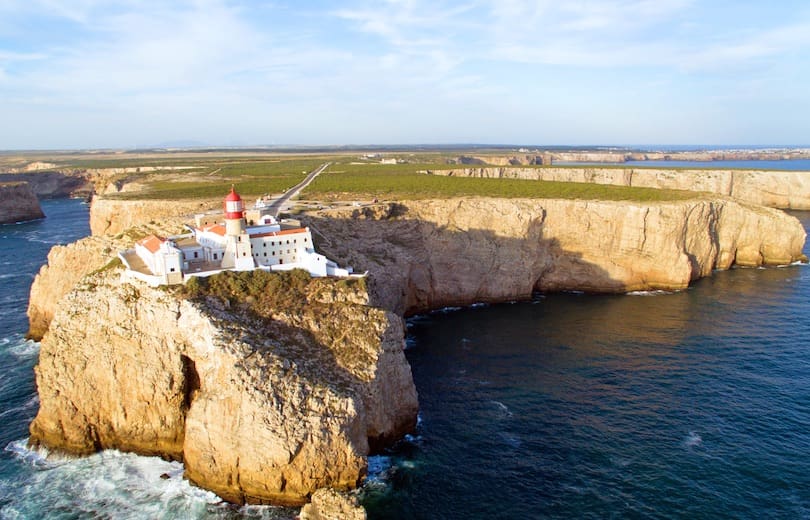

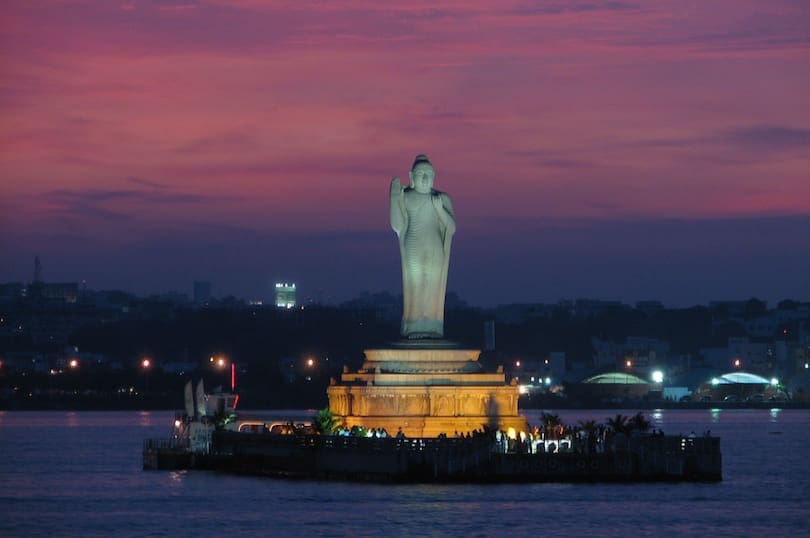

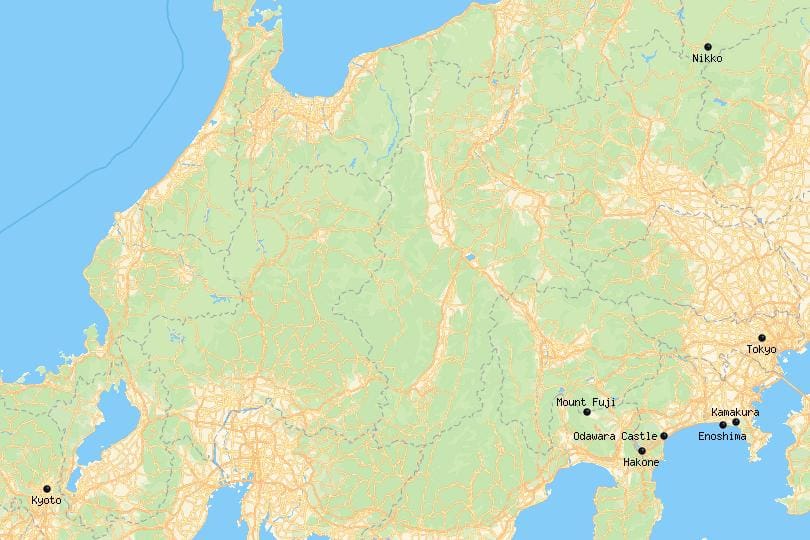

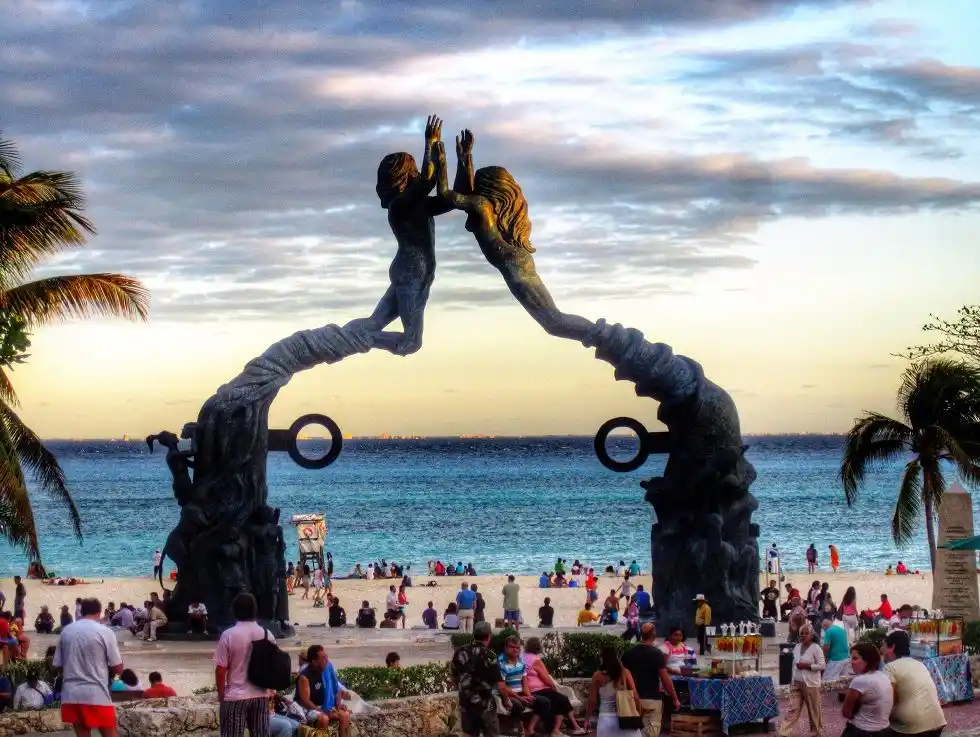




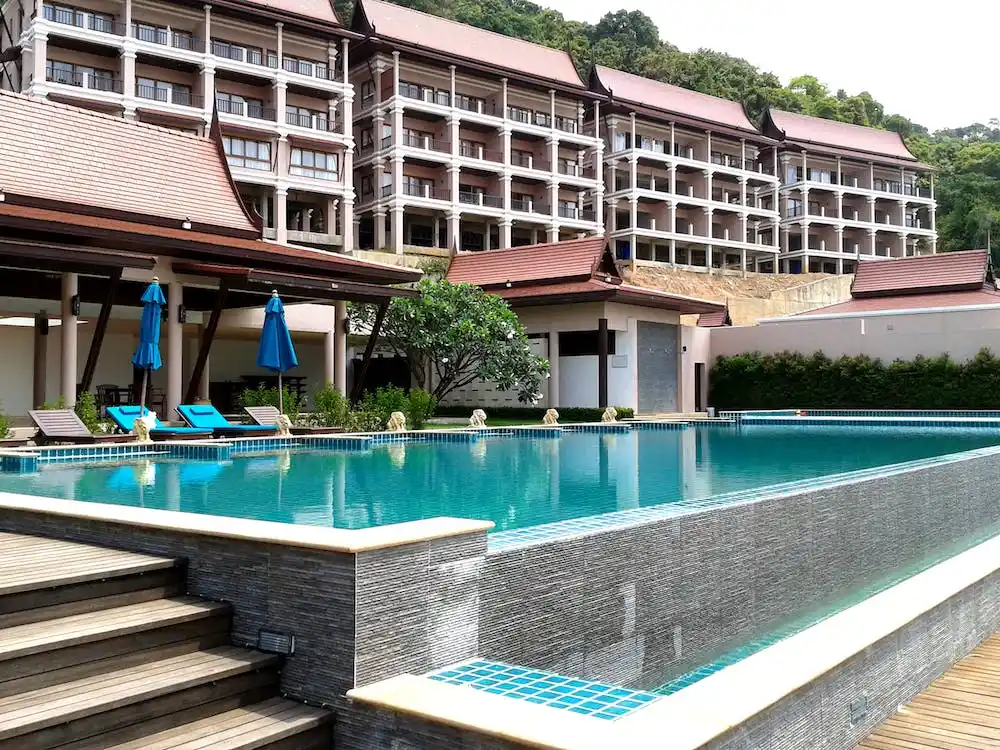
I like what you guys are up also. Such smart work and reporting! Carry on the excellent works guys I’ve incorporated you guys to my blogroll. I think it will improve the value of my site :)
You really make it appear really easy with your presentation but I in finding this topic to be actually one thing that I feel I might never understand. It seems too complex and extremely vast for me. I’m looking forward to your next submit, I will attempt to get the hang of it!
Its such as you learn my thoughts! You appear to understand a lot approximately this, like you wrote the e book in it or something. I believe that you just can do with some p.c. to drive the message house a bit, however other than that, that is excellent blog. A great read. I’ll certainly be back.